Details of the Target
General Information of Target
Target Site Mutations in Different Cell Lines
| Cell line | Mutation details | Probe for labeling this protein in this cell | |||
|---|---|---|---|---|---|
| A3KAW | SNV: p.P105L; p.D419G | DBIA Probe Info | |||
| CAOV3 | Deletion: p.N381TfsTer25 | DBIA Probe Info | |||
| CHL1 | SNV: p.N343T | . | |||
| HCC1143 | SNV: p.D8Y | DBIA Probe Info | |||
| JURKAT | Substitution: p.N278Y | Compound 10 Probe Info | |||
| MOLT4 | SNV: p.M470T; p.Y509Ter; p.L592H | IA-alkyne Probe Info | |||
| REH | Deletion: p.E384SfsTer22 | DBIA Probe Info | |||
| SNU1 | SNV: p.T165A; p.R352Ter | . | |||
Probe(s) Labeling This Target
ABPP Probe
| Probe name | Structure | Binding Site(Ratio) | Interaction ID | Ref | |
|---|---|---|---|---|---|
|
Probe 1 Probe Info |
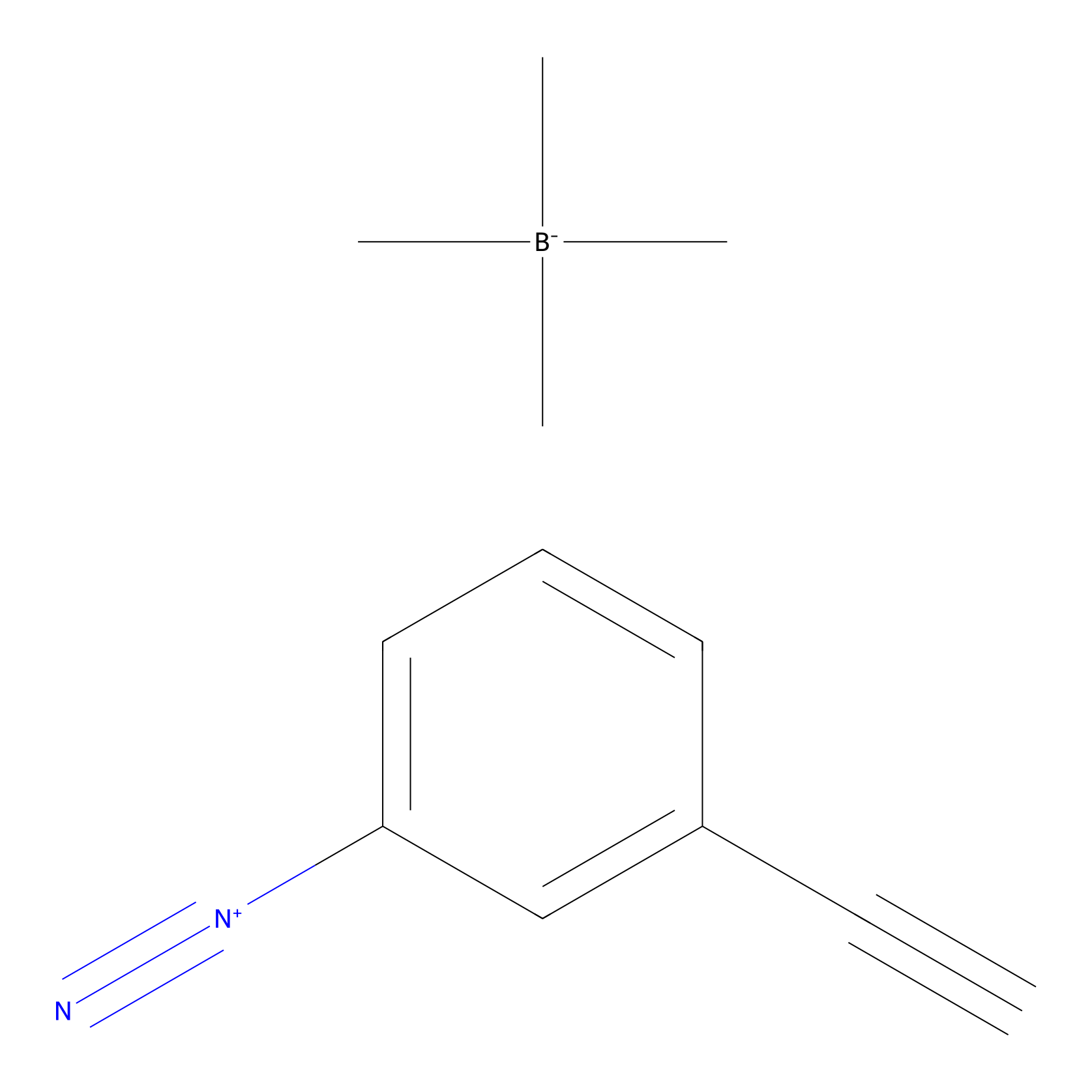 |
Y64(8.06); Y214(124.09); Y301(9.76); Y536(8.55) | LDD3495 | [1] | |
|
DBIA Probe Info |
 |
C482(1.82); C173(1.13) | LDD3310 | [2] | |
|
4-Iodoacetamidophenylacetylene Probe Info |
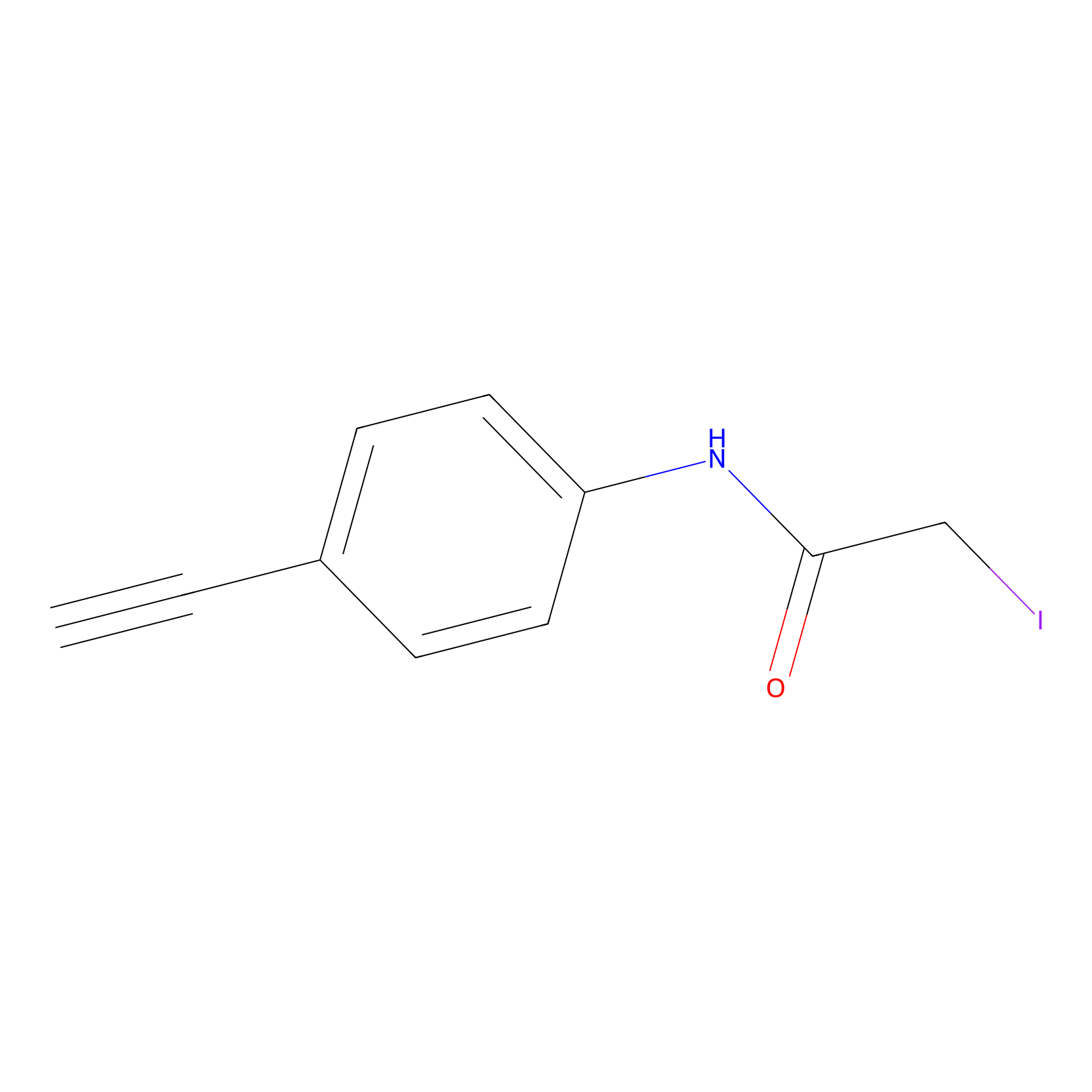 |
C382(0.00); C361(0.00); C480(0.00); C453(0.00) | LDD0038 | [3] | |
|
IA-alkyne Probe Info |
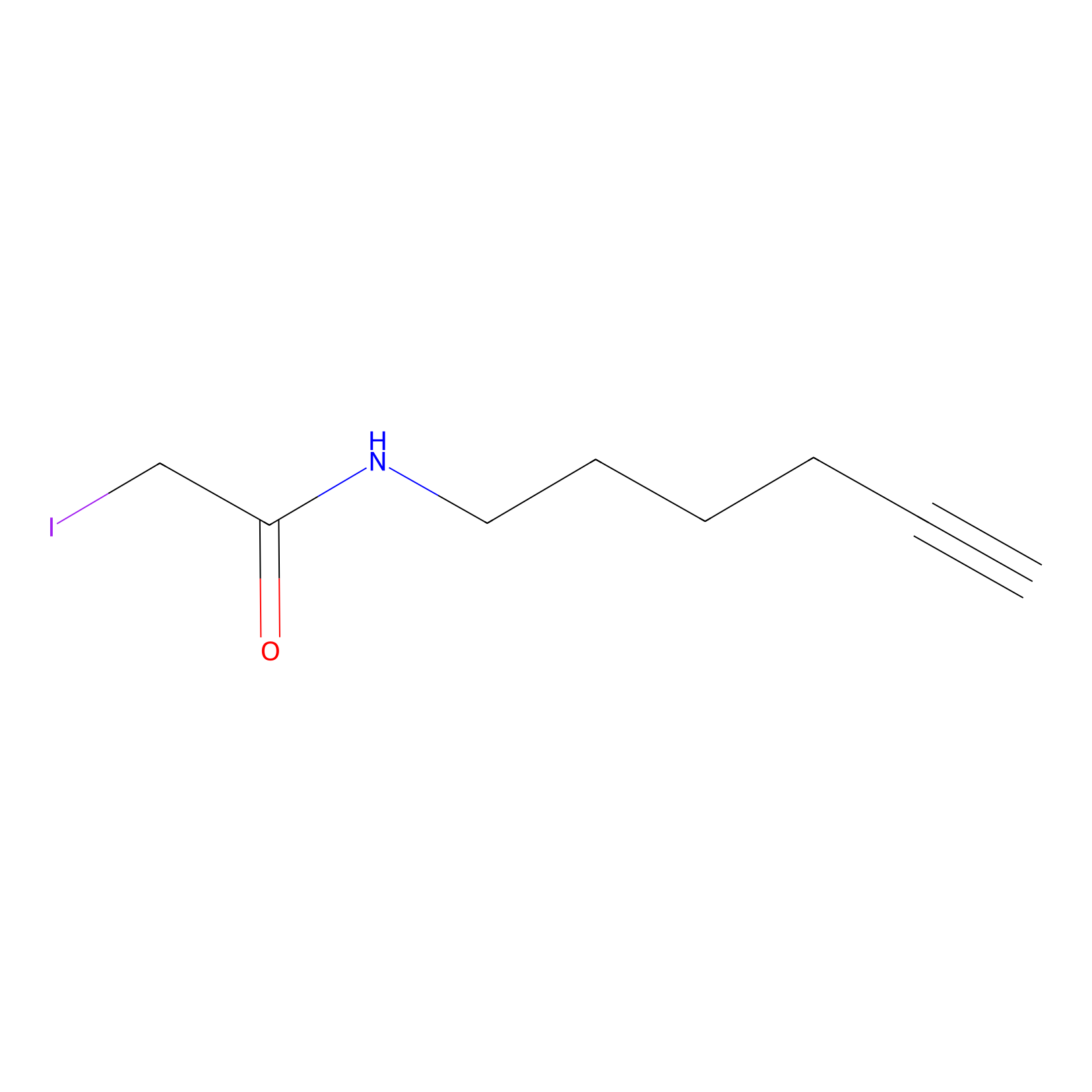 |
C382(0.00); C361(0.00); C480(0.00); C453(0.00) | LDD0036 | [3] | |
|
IPIAA_L Probe Info |
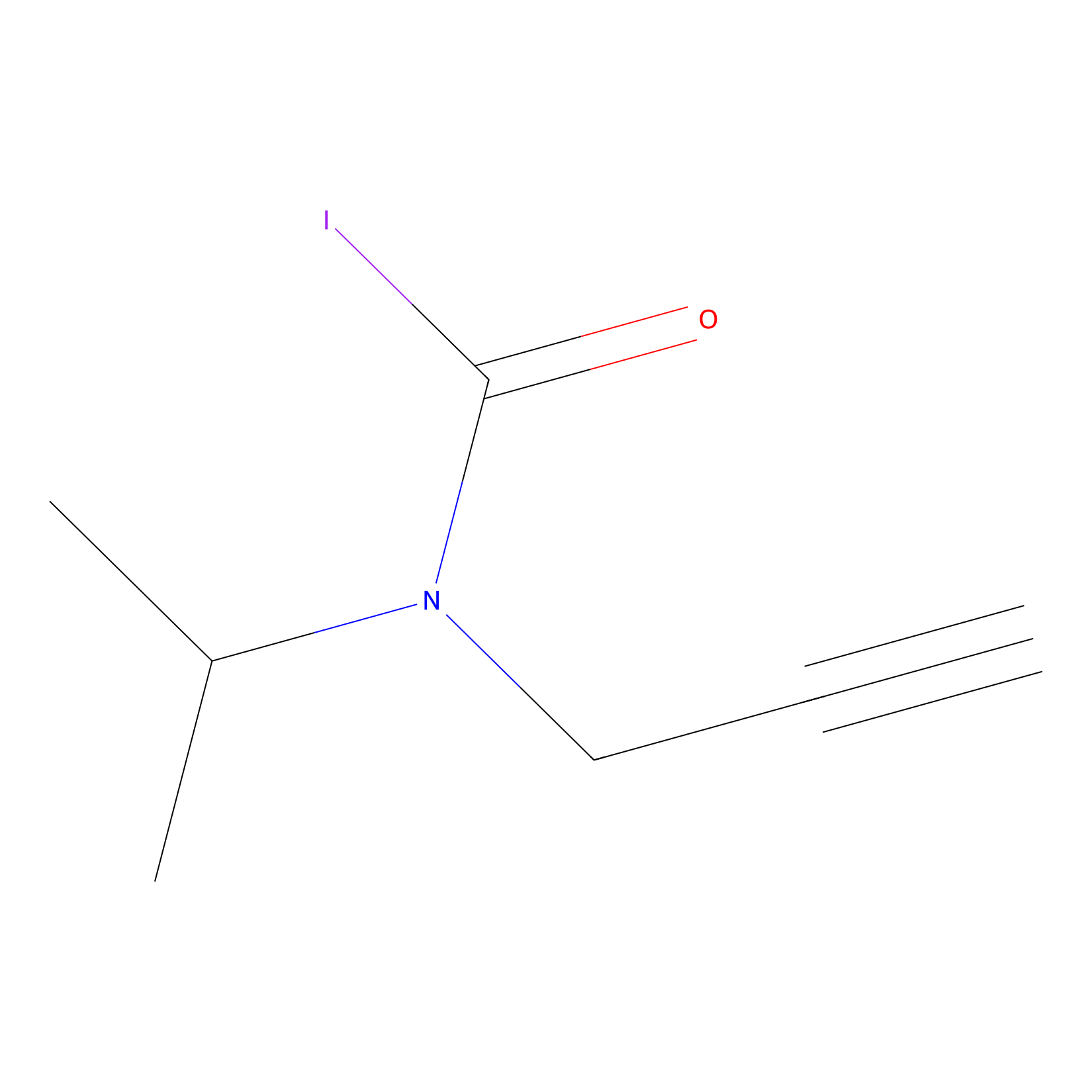 |
C480(0.00); C382(0.00) | LDD0031 | [4] | |
|
Lodoacetamide azide Probe Info |
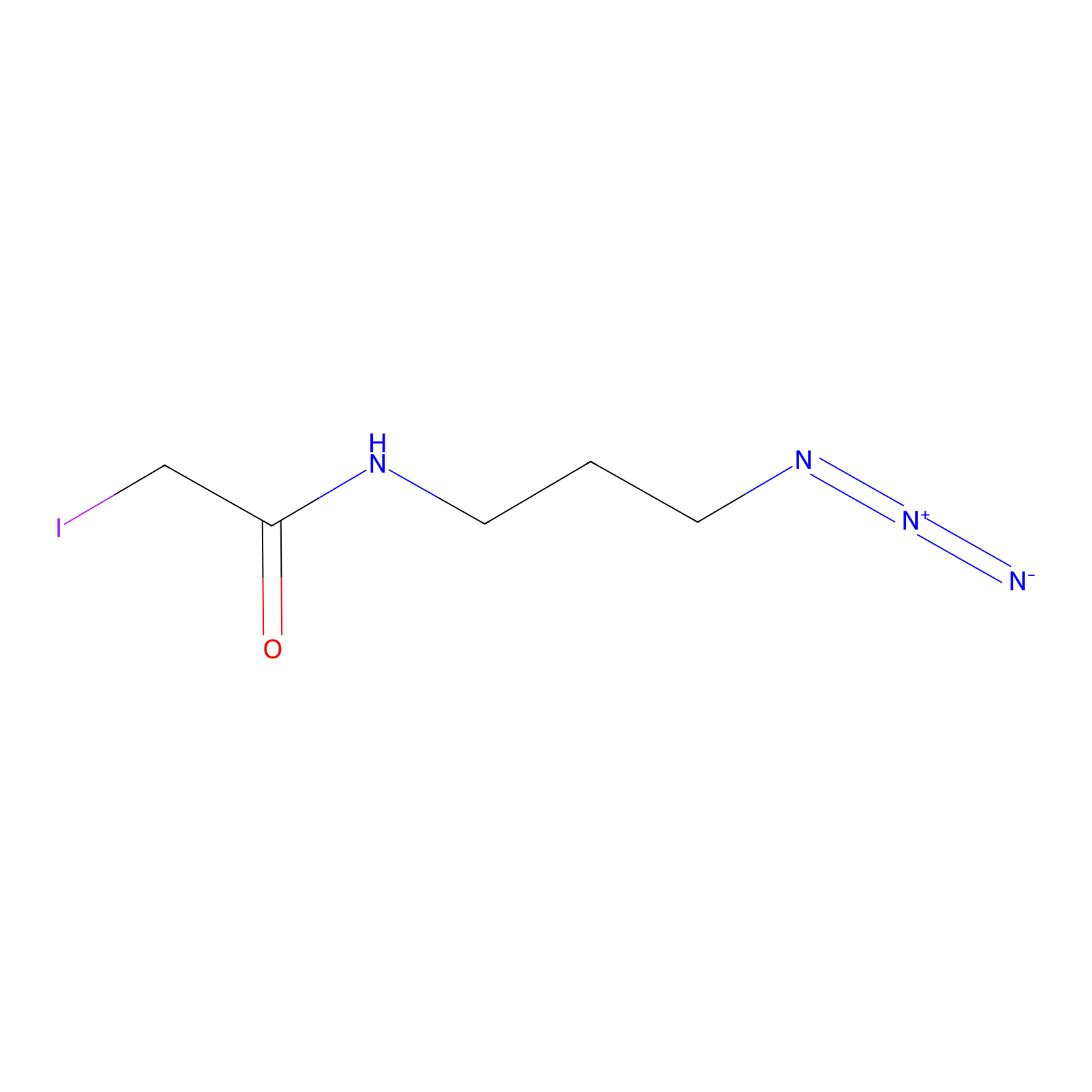 |
C382(0.00); C361(0.00); C480(0.00); C453(0.00) | LDD0037 | [3] | |
|
WYneN Probe Info |
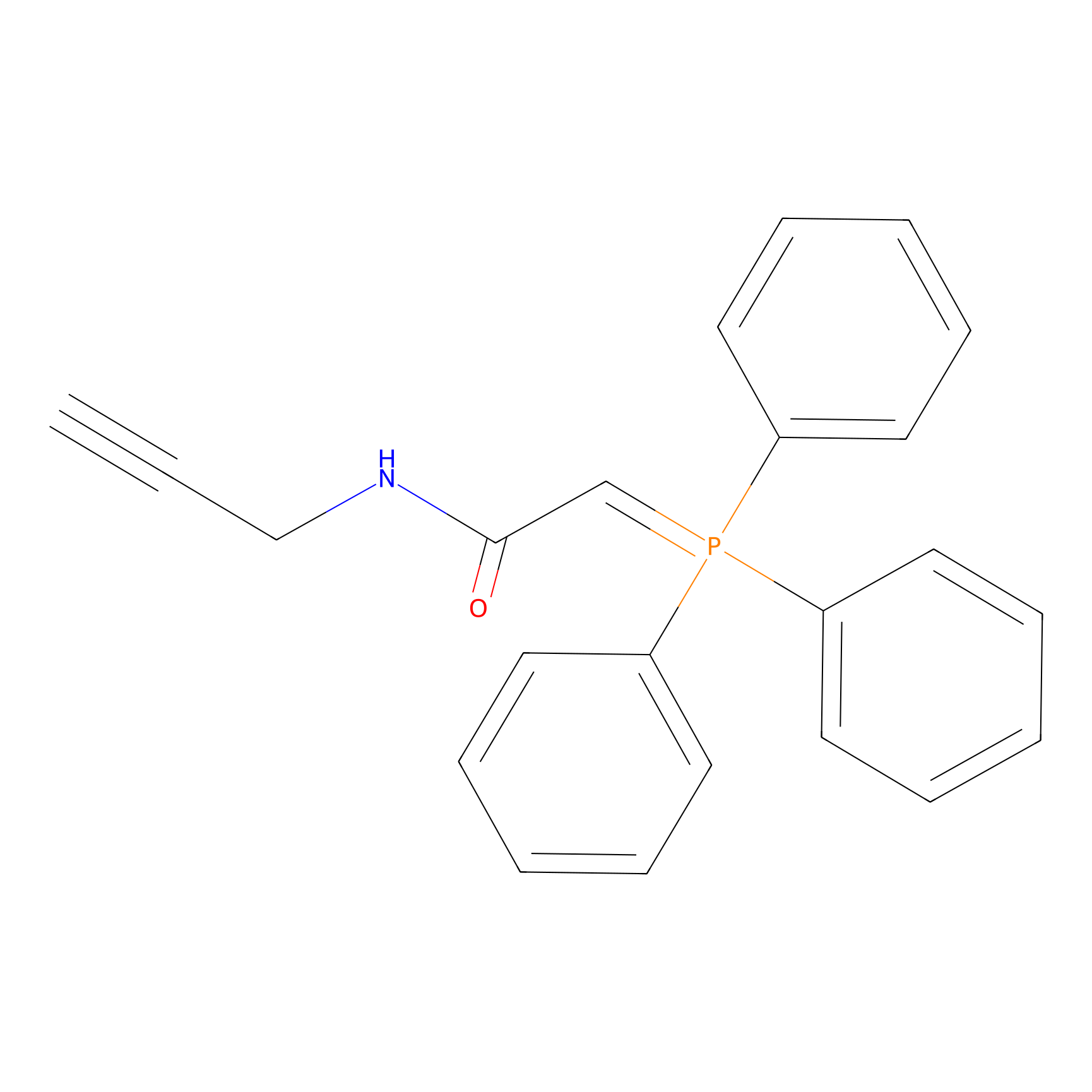 |
N.A. | LDD0021 | [5] | |
|
Compound 10 Probe Info |
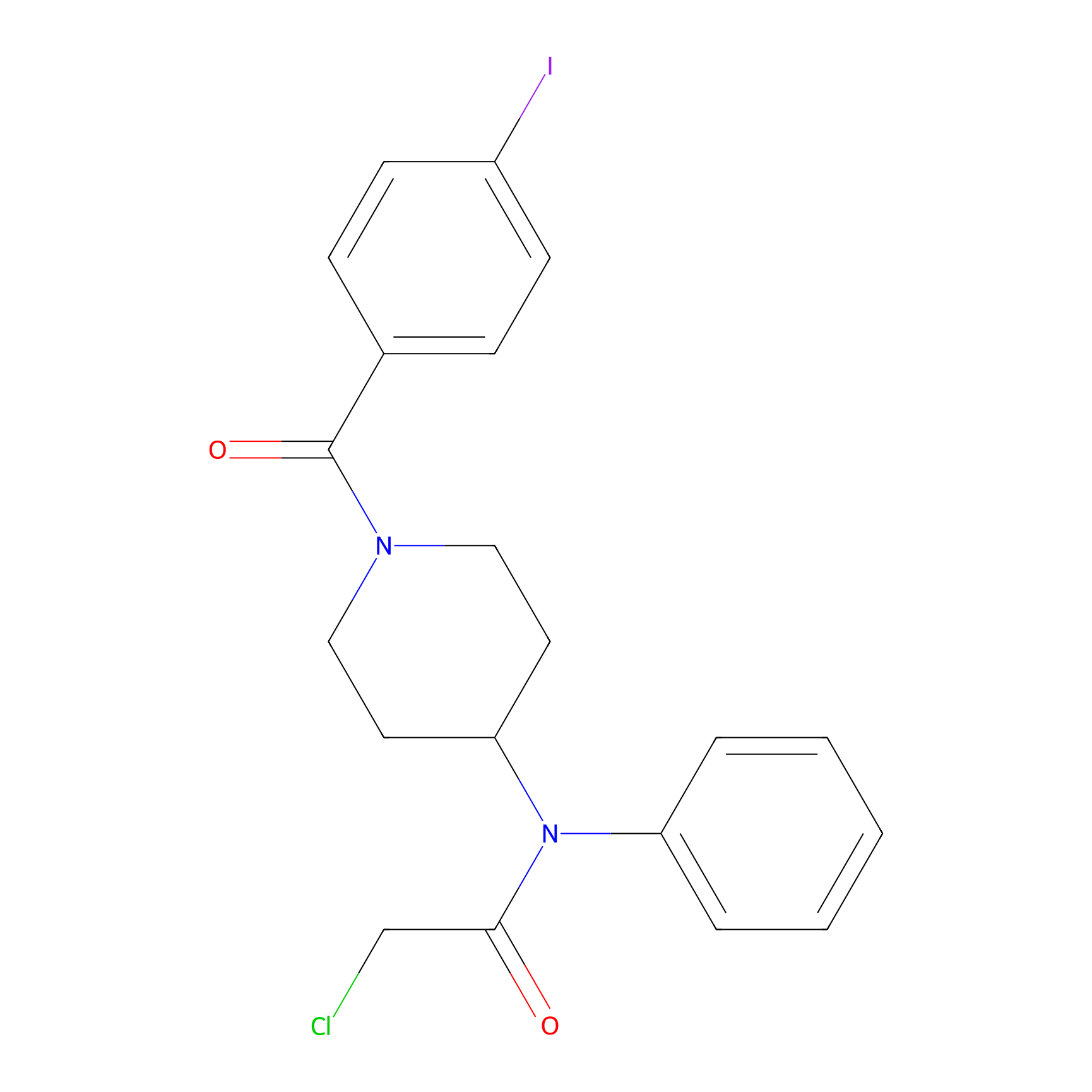 |
N.A. | LDD2216 | [6] | |
|
Compound 11 Probe Info |
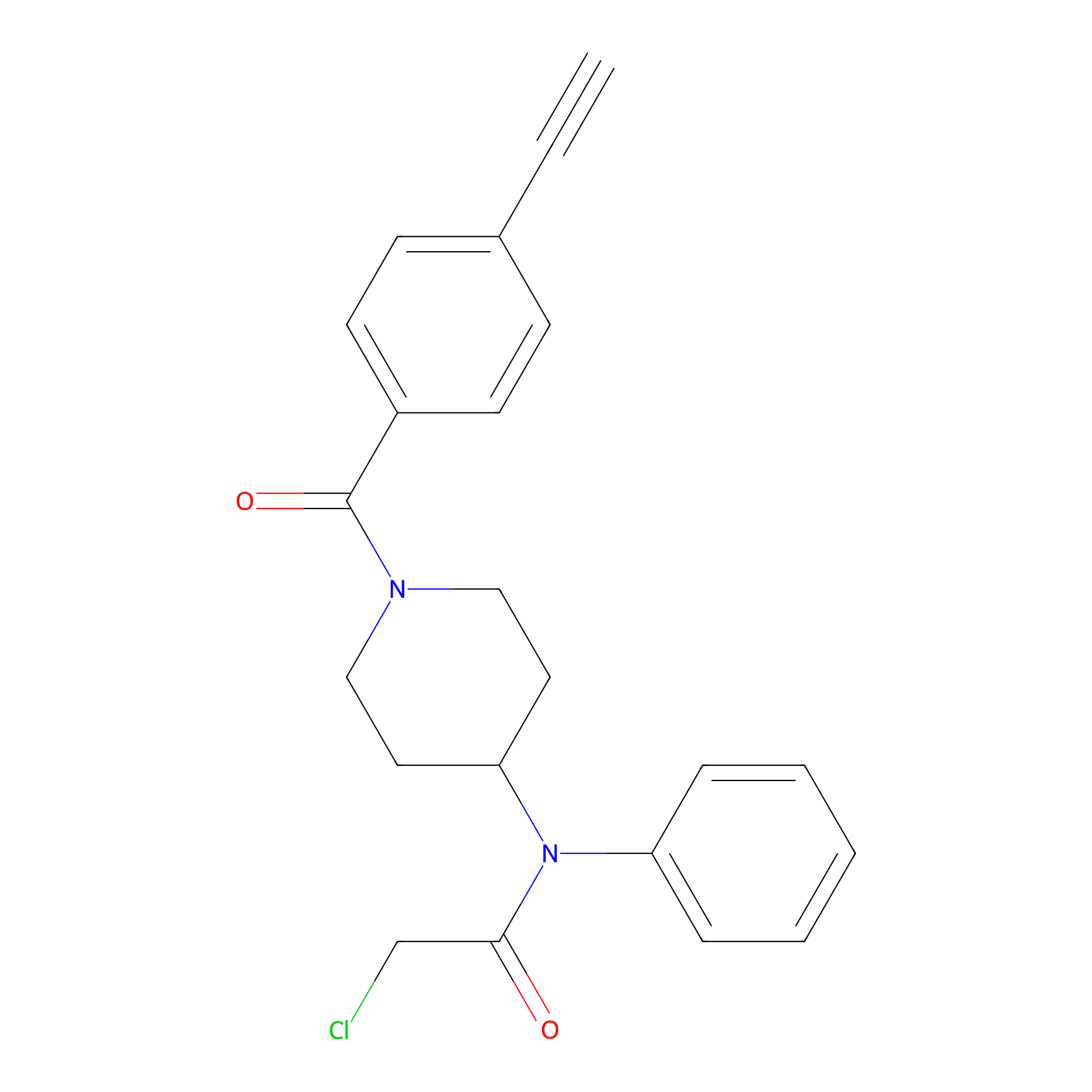 |
N.A. | LDD2213 | [6] | |
|
TFBX Probe Info |
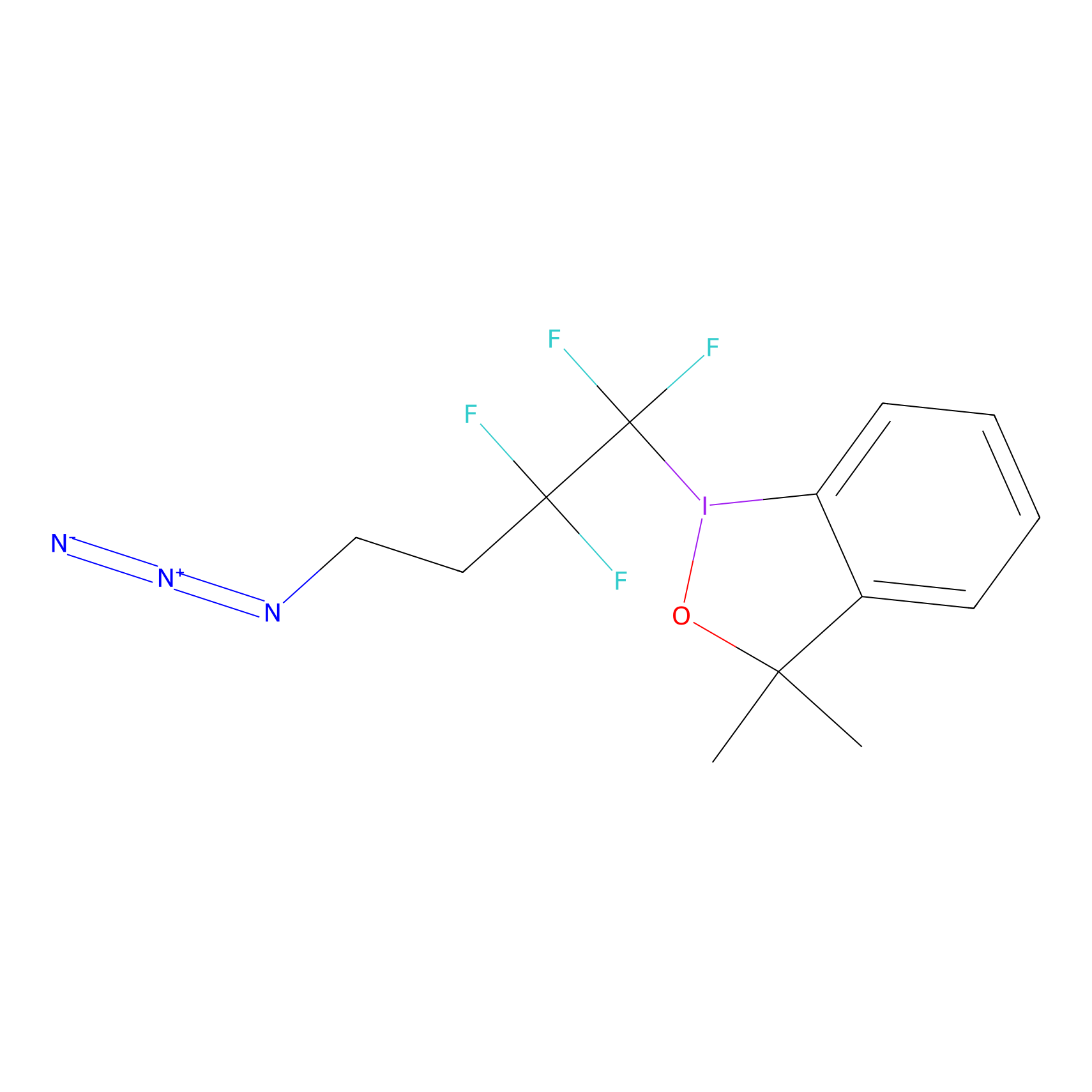 |
N.A. | LDD0148 | [7] | |
|
NAIA_5 Probe Info |
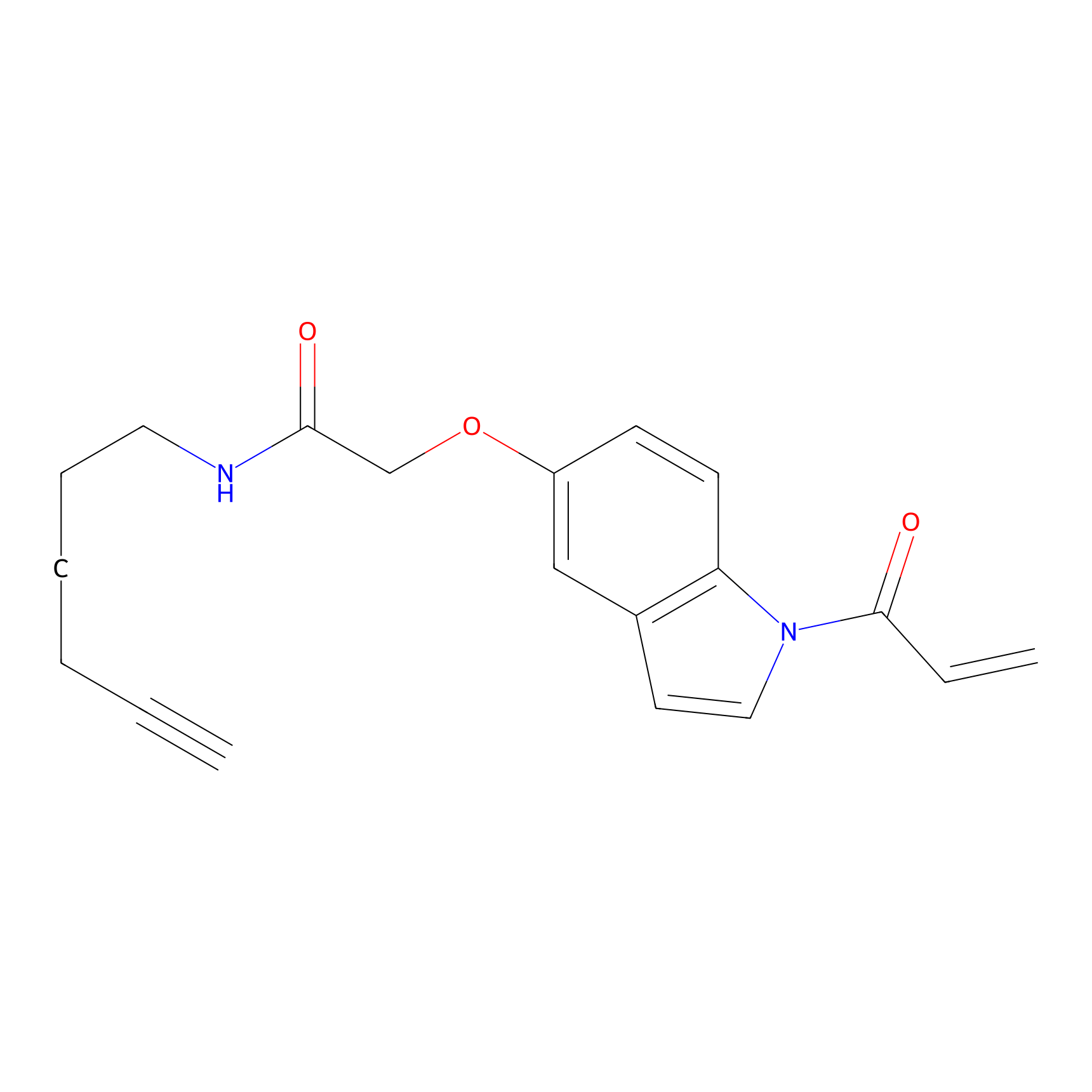 |
N.A. | LDD2223 | [8] | |
PAL-AfBPP Probe
| Probe name | Structure | Binding Site(Ratio) | Interaction ID | Ref | |
|---|---|---|---|---|---|
|
VE-P Probe Info |
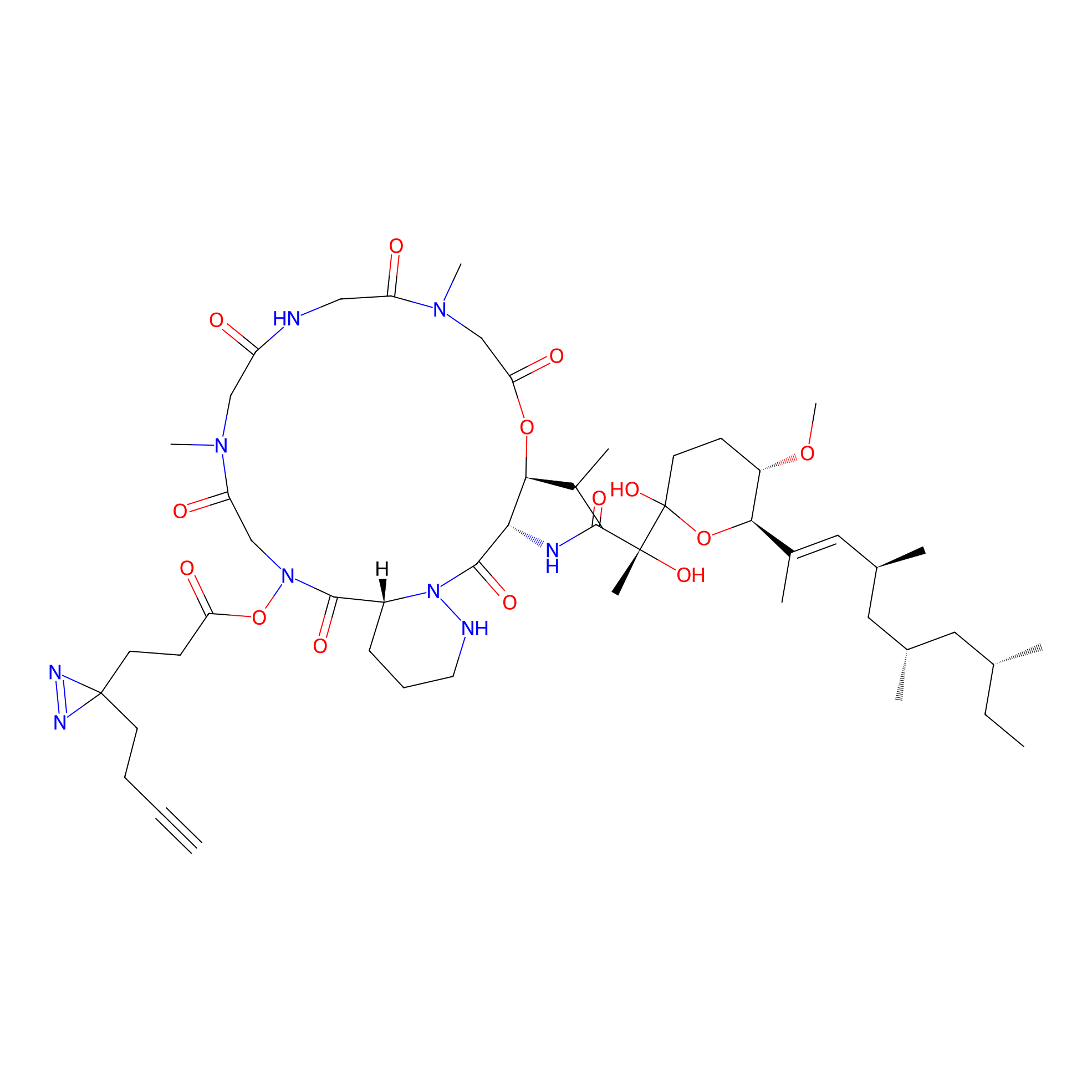 |
N.A. | LDD0396 | [9] | |
Competitor(s) Related to This Target
The Interaction Atlas With This Target
The Protein(s) Related To This Target
Enzyme
Immunoglobulin
Cytokine and receptor
| Protein name | Family | Uniprot ID | |||
|---|---|---|---|---|---|
| Erythropoietin receptor (EPOR) | Type I cytokine receptor family | P19235 | |||
Other
References
